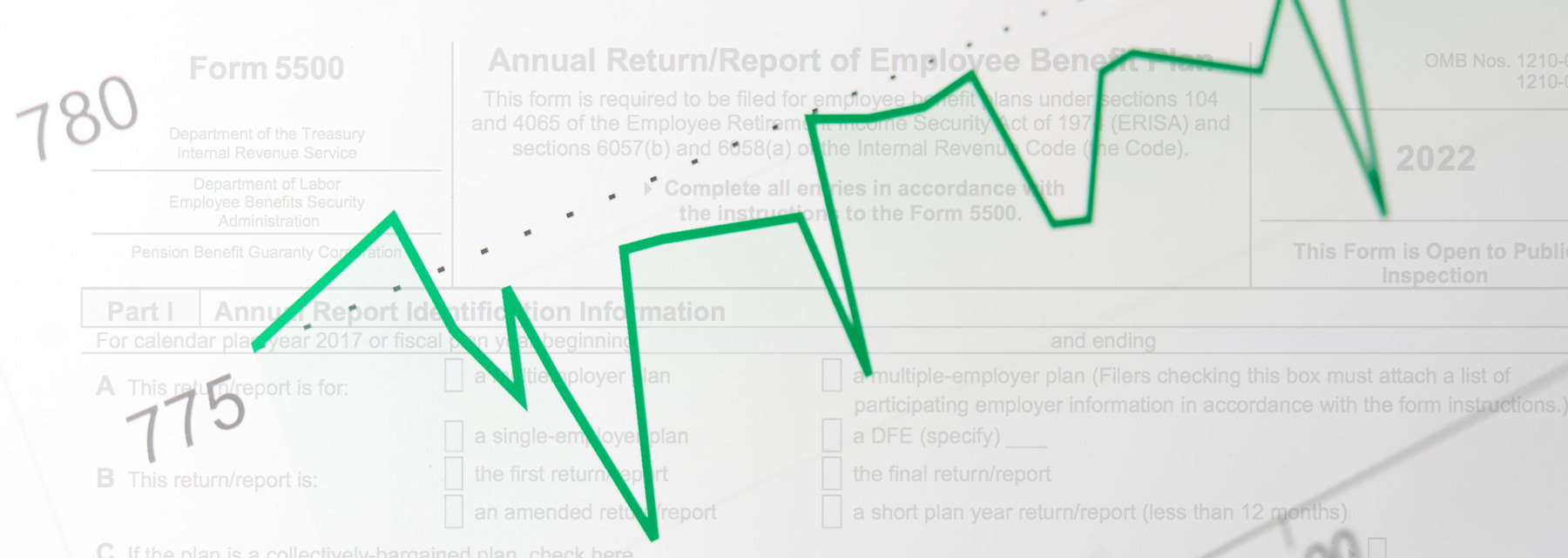Let’s be real—budgets are like diets. They sound like a good idea for a week or two, and then it’s a slippery slope… but with the new year upon us, it really is an ideal time to take an hour or two and set yourself on a stellar path to Savingsville in 2015.
Step 1: Review your current finances, investments and accounts.
- Most banks and credit card companies offer free year-end summary tools to show you where you’re spending. This can be really fascinating if you haven’t already been keeping track.
- Do you really need all of these credit cards? What are the annual fees you’re paying? Are they worth it? Refer to sites like NerdWallet to learn more in one place about your best credit card options.
Step 2: Decide on your savings goal for 2015
- Review your 401(k) contributions. Can you set yourself up to reach the IRS contribution max ($18,000 in 2015) to benefit from the tax savings?
- What other big-ticket items are you saving for?
Step 3: Put together a system you can commit to for tracking towards your savings goal.
Here are a few quick ideas and resources we liked to help stay motivated.
For the traditional trackers – good old-fashioned spreadsheets still work – even if you put them in the cloud. Or try an app like the ones featured in this Lifehacker article “Five Best Personal Finance Tools.”
For the zen saver – Choose your biggest financial goal – owning a home, retiring early, going to Greece. Whatever it is, create a mantra (ie “Greece or bust!”). When faced with purchase choices of non-essential items, repeat your mantra.
For the mathematician – Use a mental calculator to prevent impulse purchases – think about how many hours it took you to earn that amount. Does it still seem worth it?
For the automated saver – We’ve all heard the suggestion to “pay yourself first.” Take 10% off the top of your income. Sign up for a bank account that does this for you automatically.
For the selfless saver – Join a Buy Nothing group – a combination of technology and community to create a sustainable sharing and caring economy.
For the environmentalist – Remind yourself that by living frugally, you’re at least in some small way helping the environment.
For the philosopher – Think about money philosophically. Consider your spending behavior as a reflection of who you are. If you would not like to be defined by your purchases of cigarettes, video games or designer handbags, reconsider and make purchases that reflect the person you’d like to be.
For the disbeliever – You need proof. How much will you actually save giving up a few small things when time is on your side? Use this tool to watch how your current daily cup of coffee turns into $49,000 in 20 years. Now that’s motivating.
Step 4: Get Started!
Whatever your savings “type” might be, choose one or a few and get started!
Have other tips that have worked for you? Tell us below.



